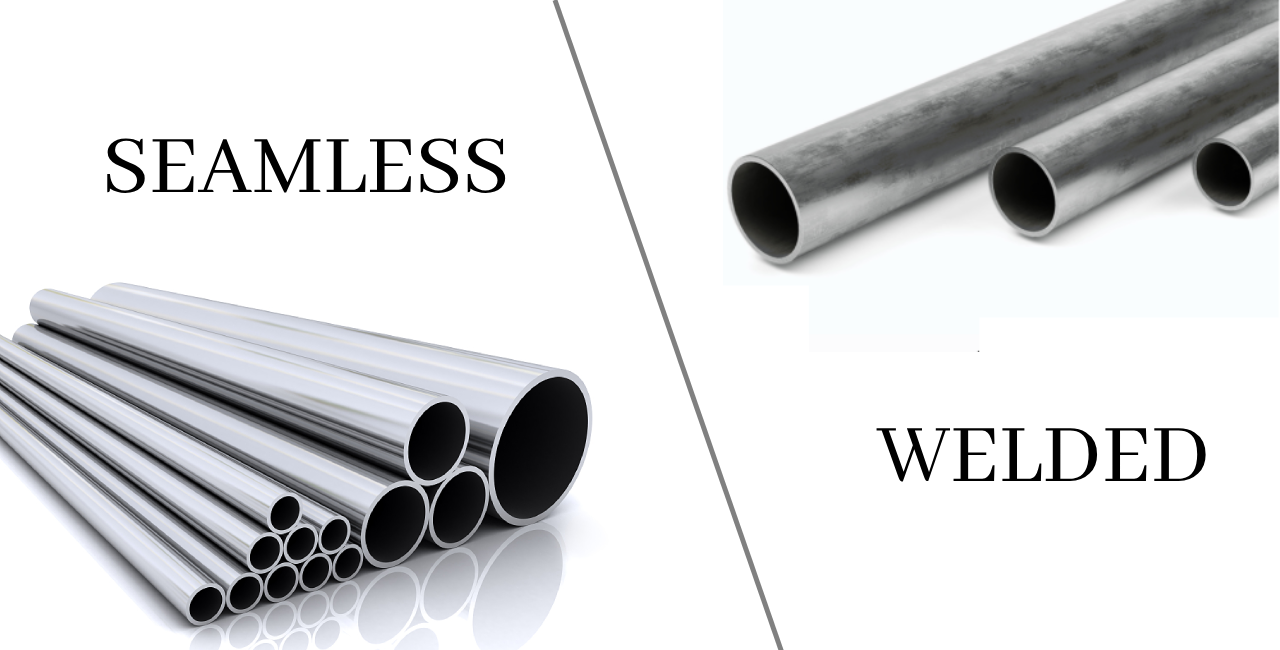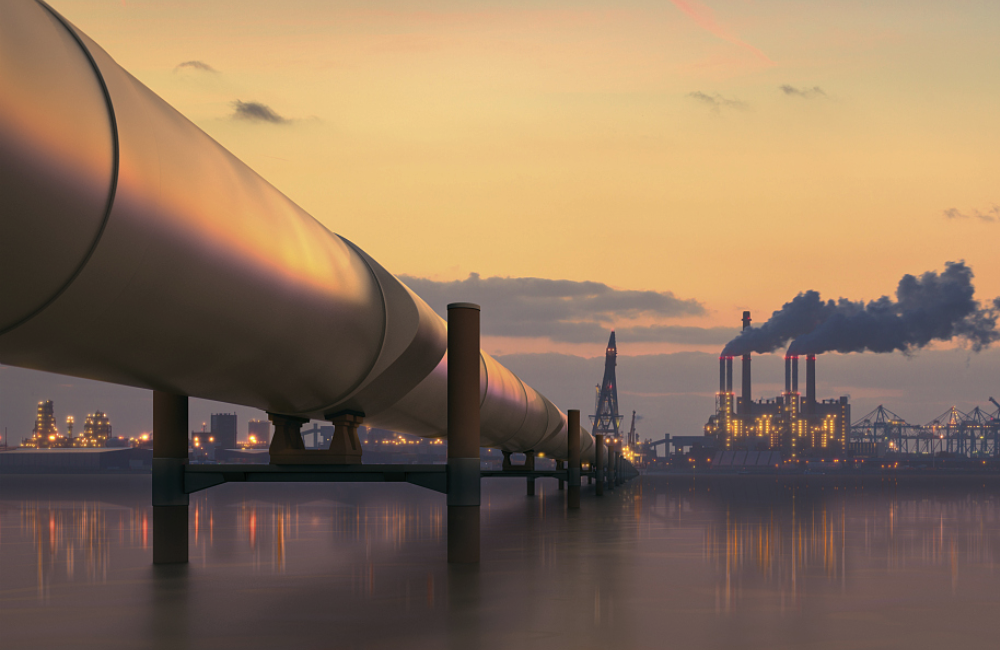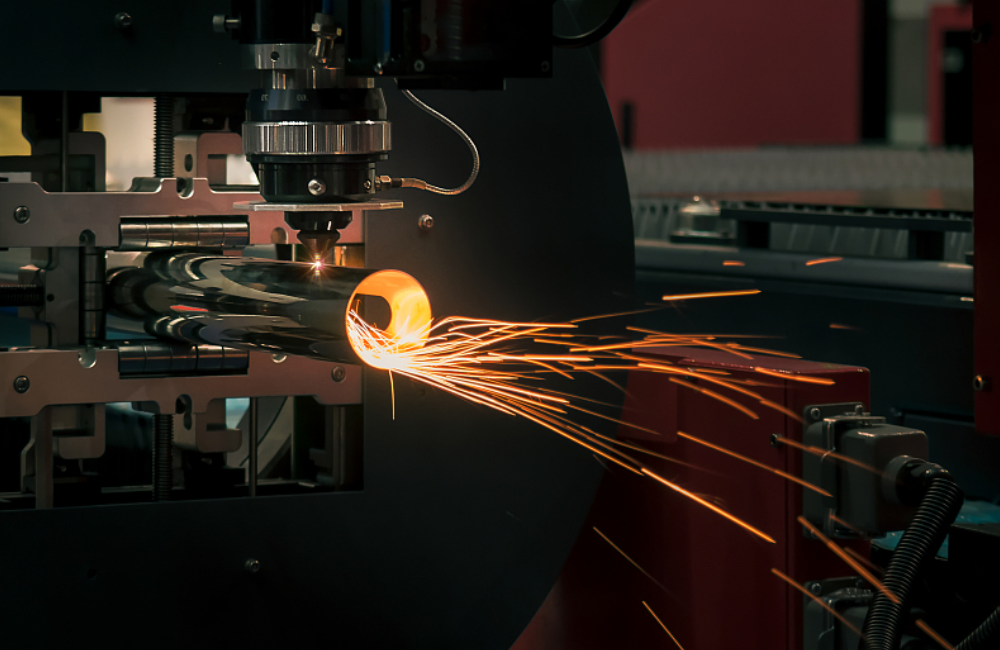- Published on
Seamless Steel Pipe Vs. Welded Steel Pipe
- Authors

- Name
- William Smithson

Seamless Steel Pipe Vs. Welded Steel Pipe
Both seamless pipes and welded have been in use for decades. Still, there is a lot of debate about which one is better and what are the major differences. As their name indicates, the major difference lies in their molding procedures. Once you understand the differences, you can decide if you need ERW or SMLS steel pipe for your pipes.
Pipe vs Tube
Pipe and tube are both terms for pipes or tubes, and the two are often used interchangeably. There are differences in measurements between pipes and tubes.
Pipe is often referred to as NPS (Nominal Pipe Size), a standardized system of measurements in inches. NPS does not accurately reflect the actual outer diameter, but is used for standardization and identification. Used to transport fluids, the manufacturing process includes steel plate bending and welding.
Tube dimensions are typically described by the outer diameter and wall thickness, in millimeters or inches. Tubes are small and flexible, mainly used in structures. They are made by rolling or drawing. In general, pipes are used for big fluid transportation, and tubes are used for smaller purposes.

Manufacturing Welded Pipe
The long coil ribbon of steel gives the characteristic shape to the welded pipe. It is the skelp that needs cutting so that it converts into a flat shaped sheet.
As the initial skelp is longitudinal in nature, the sheets become rectangular after cutting. The manufacturers then fold the sheet from the shorter end by passing it through a rolling machine which gives it a cylindrical shape.
During the manufacturing process of welded pipe, the use of electric current is involved. This current plays a vital role in fusing the edges together. Basically, the electricity makes them too hot so that they melt and merge together.
After the high frequency electric current has done its function, the valid ppe looks very smooth and no one can observe the weld seam.
Over the years, manufacturers improved how they make welded pipes. One significant change occurred in the welding industry, where they shifted from using low-frequency electric currents to high-frequency electric currents. Until the 1970s, people commonly used a relatively low frequency of the current.
Weld joints made with high-frequency ERW are less likely to rust and break than weld seams made with low-frequency ERW.
Manufacturing Seamless Pipe
The process of making seamless pipes is more complex than making welded pipes. It requires expertise and a high level of quality control. Furthermore, it requires knowledge of metalworking and must adhere to strict quality standards.
High quality steel billets play a major role in seamless pipe manufacturing. The experts heat them and make them malleable for relevant procedures. We know that heated billets can change structure. The first major change is creating a hollow cavity in the billet when it's heated for forging.
This piercing and extrusion process determines the diameter of the seamless pipe. As the billets are too hot at this stage, the manufacturers also elongate them and give them the shape of a rough pipe.

Another procedure is carried out at this stage known as rotary sizing; it gives the outer shape to this rough pipe. It also determines the thickness of the pipe that can vary based on industrial applications.
The heating treatment is converted into a cooling treatment. So the pipe comes into its characteristic shape with a high level of strength and durability. Straightening, cutting, testing, and inspection are some of the remaining quality control procedures. As a frozen prevention is also a major aspect, various surface treatments like passivation make the pipe more durable.
The customer is always free to specify the length, diameter, and wall thickness of seamless pipe. That's why it's a better choice. If you want to know more about how and why seamless pipe is better.
Seamless Steel Pipe vs. Welded Steel Pipe: Pros and Cons Comparison
1. seamless steel pipe:
Pros
- Seamlessness: As there are no welds, the interior surface is quite smooth and ensures the least friction. These pipes reduce the flow resistance in the pipeline system and facilitate fluid transmission.
- High strength and pressure resistance: Since seamless steel pipes have no welds during the manufacturing process, the overall strength is high and suitable for high pressure and high temperature environments. That's why they are more preferred when it comes to purchasing high-quality pipes for construction purposes.
- Corrosion resistance: Since there is no welding during the manufacturing process, seamless steel pipes perform better in corrosive environments.
- It is very versatile and can be used in many industries. It is especially good for industries that need high-quality pipelines. Some examples are oil and natural gas transportation and the nuclear energy industry.
Cons
- High production costs: The manufacturing process demands metallurgical experience and is more complex. That's why seamless steel pipes are expensive.
- Limited customizability: Length and diameter are difficult to customize on a large scale and may require longer lead times.
2. welded steel pipe
Pros
- Economical: The production process of welded steel pipe is relatively simple, so the cost is low, and it is suitable for general use and low-pressure environments.
- Highly customizable: They are usually available in almost all custom sizes. Can be customized according to customer needs, providing more size and shape options. Due to joining sections of steel or welded joints, they are available in a variety of shapes.
- Wide application: People have found them useful for both low-pressure and high-pressure applications. Suitable for various scenarios, including building structures, hydraulic systems and other general purposes.
- High production efficiency: The production speed is fast, large-scale production is possible, and it is suitable for large-scale projects.
Cons
- Welds can impact performance. The welding process introduces welds that may degrade the pipe's mechanical properties. Additionally, these welds are prone to corrosion. That's why welded pipes are not good for long-term use.
- The appearance of welded steel pipes is relatively poor due to weld marks on the surface. This makes them look worse than seamless steel pipes.
- The high-pressure and high-temperature use is limited because of welds. It may not work for strict high-pressure and high-temperature requirements.
Costs of Welded vs Seamless
Generally speaking, the production cost of Seamless Steel Pipe is usually higher, while the production cost of Welded Steel Pipe is relatively low. Seamless steel pipes are made with complex methods, while welded steel pipes are simpler.
Specific factors affecting costs include:
- Manufacturing process:
To make seamless steel pipes, they go through complex processes like perforation and diameter expansion. Welded steel pipes are made by connecting steel plates through welding, which is a simpler process.
- Raw material requirements:
During the manufacturing process of seamless steel pipes, welds cannot be eliminated. As a result, higher quality raw materials are needed, and sometimes higher quality steel is required. Welded steel pipes, on the other hand, can tolerate welds and have relatively low quality requirements for raw materials.
- Production efficiency:
Making seamless steel pipes is complex, so it may take longer and cost more. In contrast, the manufacturing process of welded steel pipes is relatively simple and may result in higher production efficiency and lower unit costs.
The actual cost may vary because of market conditions, raw material prices, and manufacturing plant technology. Under certain circumstances, some changes may occur.
Choose Seamless Pipe or Welded Pipe?
- Highly demanding environment:
Seamless steel pipes are a better option if the project needs strength, pressure and corrosion resistance.
- Affordable:
For general use and projects where affordability is a primary concern, welded steel pipe can be the choice.
- Determined by specific needs:
To make the final selection, consider the project needs. Consider the pros and cons, including the economy, performance, and maintainability.